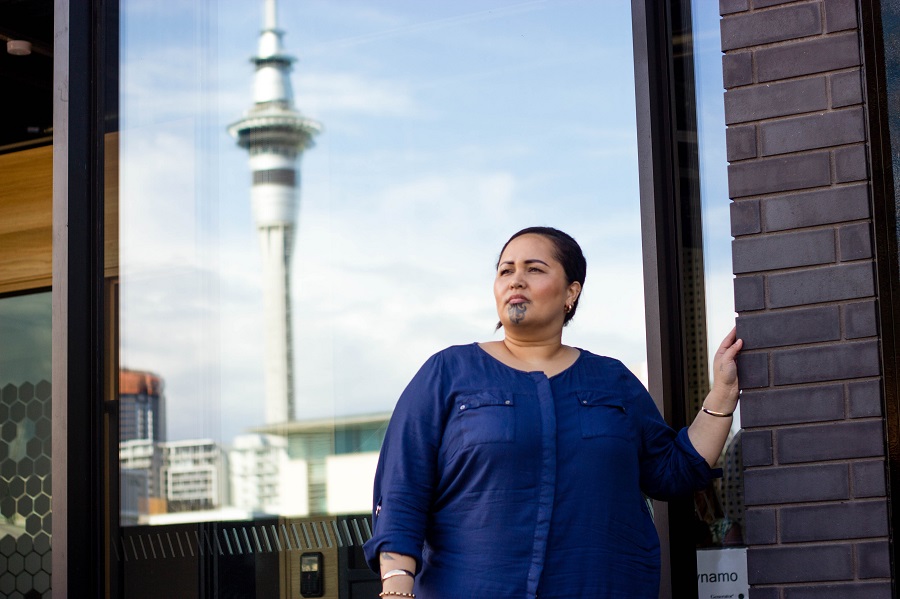The Tradition and Taboo of Tattoos
In the United States, a poll conducted in 2015 found that three in ten Americans have a tattoo, and that they are especially prevalent among young Americans. Negative perceptions towards people with tattoos continue to decrease, as they become more common across different socioeconomic, political, and geographic spectrums across the country. Have you ever wondered how having a tattoo be perceived in different countries around the world? Tattooing is an old tradition that is deeply embedded in some cultures, while in other cultures it is considered taboo. Here, we highlight a few of those cultures.
The New Zealand Māori are perhaps among some of the most well-known cultures to embrace tattoos. Known as ta moko, the tattoos are traditionally done on a person’s face. Each tattoo “contains ancestral tribal messages specific to the wearer. These messages tell the story of the wearer's family and tribal affiliations, and their place in these social structures. A moko’s message also portrays the wearer’s genealogy, knowledge and social standing.” Different tattoos also have different meanings depending on gender as well: female Māori often wear a chin tattoo, called moko kauae. These tattoos declined in prevalence in the years following European colonization, but over the past few decades, the art and tradition has been revived: “Things started to change in the 1980s, with a push to revive Māori language and culture, and in recent years there has been a revival in the ancient practice among both elders and young Māori women.” In 2016, parliamentarian Nanaia Mahuta became the first in the world to wear a moko kauae.
In West Africa, facial scarring, or scarification has history within certain cultures, though in the past few decades the practice has begun to decline. The practice of scarification used to “symbolize identity in a number of ways, whether it be status within a community, passage into adulthood or a connection to a spiritual group.” However, “pressure from religious and state authorities to ‘modernize,’ coupled with the introduction of clothing in tribes, led to fewer and fewer instances of forced or voluntary scarification.” Now, it is increasingly rare for scarification to be practiced, and some who have the scars even regret getting them. They changed from being a marker of pride in identity and community, to a symbol of an era gone by. Joana Choumali photographic series “Hââbré, The Last Generation” highlights those who once took part in this tradition, and a corresponding Huffington Post article includes quotes that show how these people feel about their own scars.
A number of Asian countries have stricter ideas regarding the acceptability of tattoos. In Japan, tattoos were illegal from the mid-19th to mid-20th century, and were historically associated with criminals. Part of this taboo is because of the association of tattoos with the Yakuza, or the Japanese mafia. Even today, many public places such as bath houses do not allow those with visible tattoos to enter the premises.
South Korea, like Japan, only allows medical doctors to administer tattoos. They are also frowned upon in South Korean society, and associated with criminality as well. Korean youth, however, are finding themselves more drawn to tattoos, and illegal tattoo shops with artists who are not medical doctors are opening up. Last year, a Vice article highlighted tattoos among Korean women, stating that “body mods are most problematic for females: Tattoos destroy both the physical and symbolic purity that is traditionally revered in Korean women.” It pointed out that younger generations are more and more open to tattoos, while many of these women’s parents frown on their body art. One woman noted, “Young kids think it's cool. But I've also had random ladies nudge me on the street and say things like, ‘How will you ever get married with tattoos?’ And, ‘No man will ever love you.’” The culture is slowly changing, but the taboo still exists nonetheless.
Have you traveled to a country where you faced any difficulties with a visible tattoo? Or have you experienced any cultures around the world where tattoos were a revered tradition? Let us know over on our Facebook.
Resources
- Tao moko - significance of Māori tattoos
- 'It's Transformative': Māori Women Talk About Their Sacred Chin Tattoos
- This Is The Last Generation Of Scarification In Africa
- Hââbré, The Last Generation
- 17 Facts You Probably Didn't Know About Tattoos In Japan
- South Korean tattooists break the taboo of body art
- Inside the Illegal Subculture of Female Korean Tattoo Artists
- Tattoo Takeover: Three in Ten Americans Have Tattoos
